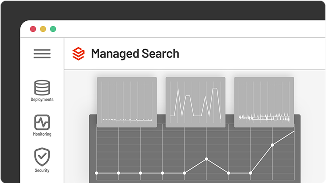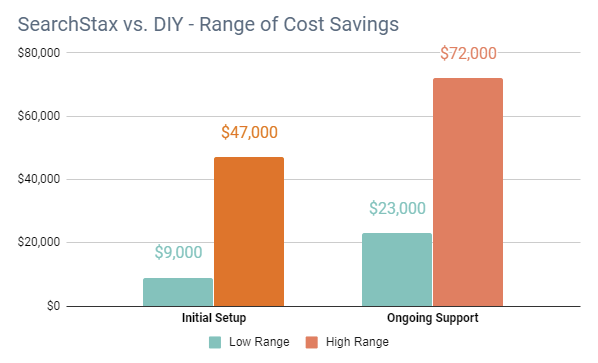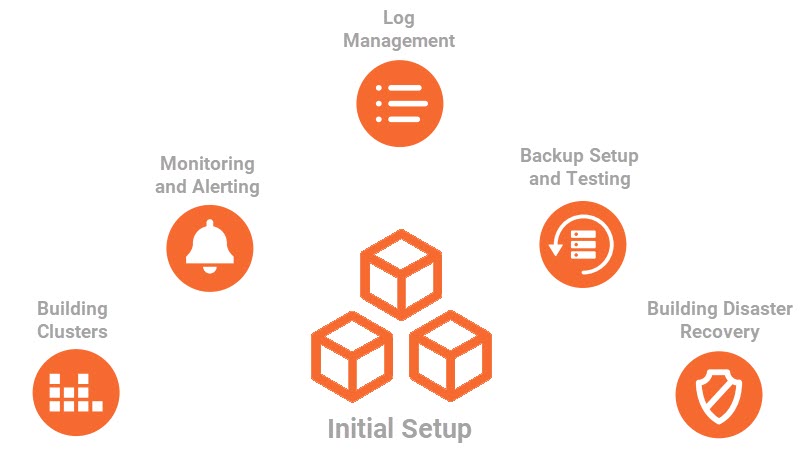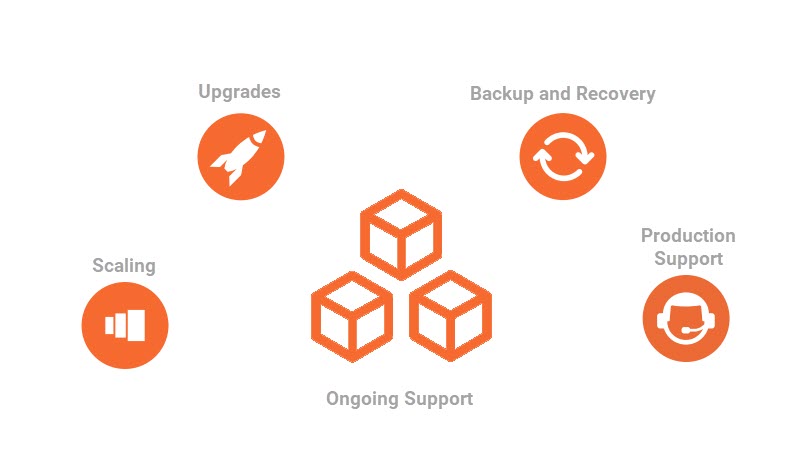Scaling
Any application that’s built to be successful is eventually going to need to scale. Whether that’s because of more data that you want to bring into your Solr deployments or if it’s more query traffic or use cases that start to put more query load on your clusters. Whether that’s vertical scaling or horizontal scaling, you’ll have to ensure that the process of scaling is designed in a way that you can easily scale up or down your clusters. More so, you’d like not to have any downtime or performance impact to your end-users while this activity is being performed.
Upgrades
Apache Solr version upgrades consist of major and minor version upgrades. Major Solr version upgrades can contain changes that are not backward-compatible with existing applications. However, minor version upgrades can be generally applied without having an impact on your application.
Backup and Recovery
As your cluster configuration changes over time, you need to evolve your backup and recovery procedures and/or scripts that you’ve put in place. These changes can be either due to node changes or due to the fact that you have a unique collection / shard / replication setup that needs to be backed up appropriately.
Production Support
After you set up monitoring, you’ll need to have a process in place to respond to the things that your monitoring uncovers as you support your production application. Working with numerous applications and systems, we’ve seen many issues such as performance degradation, SSL certificate updates, GC pauses, authentication issues, JVM heap changes, OS level security patches, node replacements, disk drive failures, network failures, zookeeper queue issues, replica recovery, security audits, and more.
What Should We Do Next?
Building your own search application can be a very time-consuming process. Even when you are “done”, there is still work to do in the form of responding to issues and events, applying security patches and upgrades, and keeping software versions up to date.
One of our customers recently summed up the SearchStax Managed Search vs. DIY argument:










